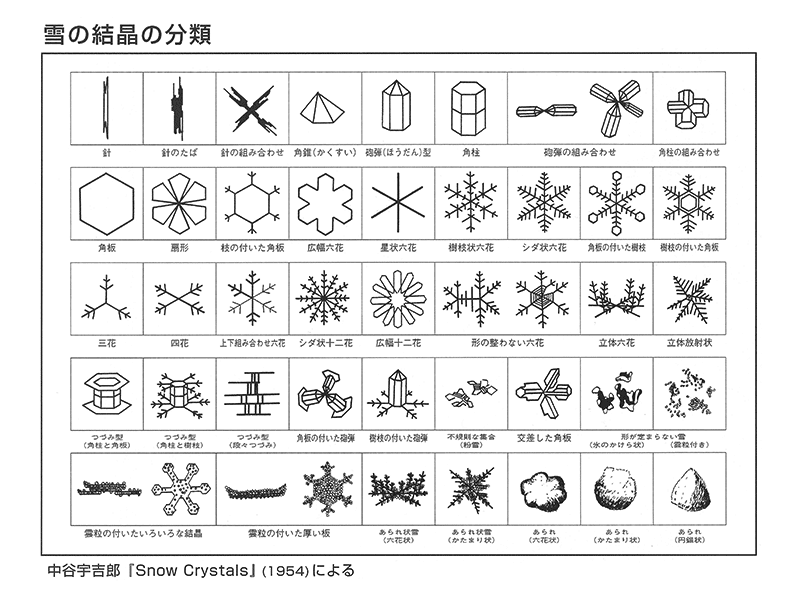 猿にもわかる言語学
猿にもわかる言語学
 猿にもわかる言語学
猿にもわかる言語学
Linguistics for Japanese Students Dummies

池田光穂
Book review from Publisher, "The fascinating, fun, and friendly way to understand the science behind human language Linguistics is the scientific study of human language. Linguistics students study how languages are constructed, how they function, how they affect society, and how humans learn language. From understanding other languages to teaching computers to communicate, linguistics plays a vital role in society. Linguistics For Dummies tracks to a typical college-level introductory linguistics course and arms you with the confidence, knowledge, and know-how to score your highest. * Understand the science behind human language * Grasp how language is constructed * Score your highest in college-level linguistics If you're enrolled in an introductory linguistics course or simply have a love of human language, Linguistics For Dummies is your one-stop resource for unlocking the science of the spoken word." Burton, Strang Dechaine, Rose-marie Vatikiotis-Bateson, Eric, Linguistics for Dummies. For Dummies, 2013.
| Introduction 1 Part I: Looking at Language through the Lens of Linguistics 7 |
Chapter 1:
Knowing a Language Versus Knowing What Language Is 9 |
| Chapter 2:
Communicating with Language: The Design Features 21 |
|
| Part II: The
Building Blocks of Language 33 |
Chapter 3:
Building Sounds: Phonetics 35 |
| Chapter 4:
Putting Sounds Together: Phonology 57 |
|
| Chapter 5:
Building Words: Morphology 77 |
|
| Chapter 6:
Creating Sentences: Syntax 95 |
|
| Chapter 7: Making
Sense of Meaning: Semantics 117 |
|
| Chapter 8: Using
Language in Conversation: Pragmatics 133 |
|
| Part III: The
Social Life of Language 151 |
Chapter 9: Living
with Language Variation: Sociolinguistics 153 |
| Chapter 10:
Finding Family Relations: Historical Linguistics 171 |
|
| Chapter 11:
Cataloguing Differences: Linguistic Typology 189 |
|
| Chapter 12:
Beginning and Ending: Language Birth and Language Death 205 |
|
| Part IV: Your
Brain on Language: Learning and Processing Language 221 |
Chapter 13:
Learning Language 223 |
| Chapter 14:
Perceiving Language 245 |
|
| Chapter 15:
Producing Language 259 |
|
| Chapter 16:
Locating Language in the Brain: Neurolinguistics 277 |
|
| Part V: Getting
from Speaking to Writing 293 |
Chapter 17: Writing Down Language 295 |
| Chapter 18:
Writing Changes You 307 |
|
| Part VI: The Part
of Tens 321 |
Chapter 19: Ten
Myths about Language Busted by Linguistics 323 |
| Chapter 20: Ten
Unsolved Problems in Linguistics 331 |
|
| Chapter 21: Top 10 Jobs for
Linguists 337 |
|
| Index 343 |
——僕は将来の専攻は言語学にしようと考えているのですが、実際の授業では ソシュールが出てきますし、ここの本のリストにも僕が現在読んでいるサピア の「言語」がありました。文化人類学が言語を含む様々な文化を対象にしている ことは解っているのですがどの程度言語学とはリンクしているのでしょうか?
〈珍〉研究者によりけりですね。文化人類学を学ぶ上では二割五分から五割、フィールド ワークをおこなうには半分(五割)以上の比率でしょうね。 手前味噌ですが、私からみれば、言語学をちゃんと押さえない文化人類学はまがい もので、文化人類学的センスのない言語学者は魅力がありませんね。
——現在学問の世界ではinterdeciplinaryなどと言われていて専攻の学問以外の 範疇に属する様々な学問を学ぶことが推奨されているということをある教授から 伺ったことがあるのですが
〈珍〉その先生は偉いやっちゃ! 尊敬すべし!
——僕も言語学を専攻するに当たって関係する様々な分野 の学問へ知識を広げていきたいと考えています。それでこの興味深い文化人類学 を少しでも学んでみたいと考えているのです。それでもし独学である程度の文化人類 学 についての知識を得るためには最低でもどんな本を読まなければいけないでしょうか ? このサイトで挙げられている本はあまりに膨大で何から読めばいいのか解りませんで した。
〈珍〉えっ? そんなにたくさんある? とにかく乱読して(ということはつまらなくなれ ば放棄してもいいから)面白かった文献をあげてください。方向性を見いだせば、読 書ももっと楽しくなるでしょう。がんばってね!
■もともとのクレジット:言語学の勉強と文化人類学 ——Kクンからの質問に答える、猿にもわかる文化人類学プロジェクト:このメールでのやりとり の転載を許してくださったO.K.さんに感謝いたします。
◎サピアと雪の語彙の話(ソースは狐太郎「エスキモーの雪の名前は何種類?」 です)


写真は越後高田の大杉屋さんの和三盆:雪国らしい当
地の雪(中谷宇吉郎,
1900-1962による)を表現しています
もともとは、フランツ・ボアズ:英語圏で水を状態に よって呼び分けるように、エスキモーは雪を状態によって呼び分けている
ボアズが言った4種類:「積雪=アプト」「降雪=カ ナ」「地吹雪=ピクシクスク」「吹き溜まった雪=クィムクスク」
ところが、ウォーフは、 雪の数はもっと多数あるだろうと主張。宮岡伯人によると、「降雪=カニク」「溶かして水にする雪=アニウ」「積雪=アプト」「きめ細やかな雪=プカク」 「吹雪=ペエヘトク」「切り出した雪塊=アウヴェク」の6種を指摘。ということは派生語を顧慮しても、引用源の狐太郎さんは、たかだか20種類と主張され ています。
上掲の中谷宇吉郎の
説明には60種類ぐらいの表現がありますので、「科学者のほうが先住民よりも複雑な用語を派生しやすい」といったところに落ち着きます。したがって、ボア
ズの影響を受けた、サピアもウォーフも、やはり、派生語をも含めて、ハビタットにおける自然環境について語彙において先住民は「豊かな文化」をもっている
という先入見を、ほかの科学者同様、もっているということなのでしょうか。
リンク集
文献
その他の情報
Copyleft, CC, Mitzub'ixi Quq Chi'j, 1996-2099
Copyleft, CC, Mitzub'ixi Quq Chi'j, 1996-2099
☆
 ☆
☆